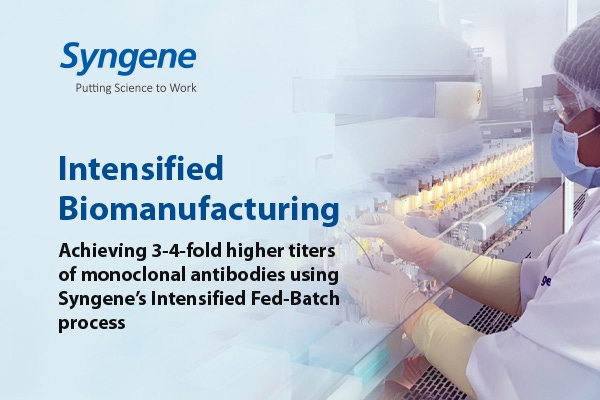Voices of Biotech
Podcast: MilliporeSigma says education vital to creating unbreakable chain for sustainability
MilliporeSigma discusses the importance of people, education, and the benefits of embracing discomfort to bolster sustainability efforts.
November 15, 2022

Sponsored Content
Mammalian cell lines are predominantly used to produce mAbs. The current commercial production method uses fed-batch processes that exhibit productivity titers from 1- 5 g/L. Productivity is measured by the volume of products made in each batch. In the fed-batch process, the media and/or feeds are constantly supplied to the bioreactor during the cultivation, where the desired cells produce the product of interest. Productivity variation arises depending on the nature of the antibody and the specific cell line used. Higher productivity using the conventional approach is achieved by expanding the manufacturing footprint and requires the addition of larger bioreactors, including facility expansion.
In this point of view, we discuss how to use technology to enhance productivity using a high seeding density (HSD) approach. The intensified fed-batch process through converting the traditional fed-batch process to the HSD process could be the answer to increased upstream productivity. By adopting Syngene’s intensified N-1 and HSD production method, you can reduce the overall cost of goods (COGs) with fewer batches. You can also minimize space-time requirements without revamping the existing manufacturing footprint.
You May Also Like